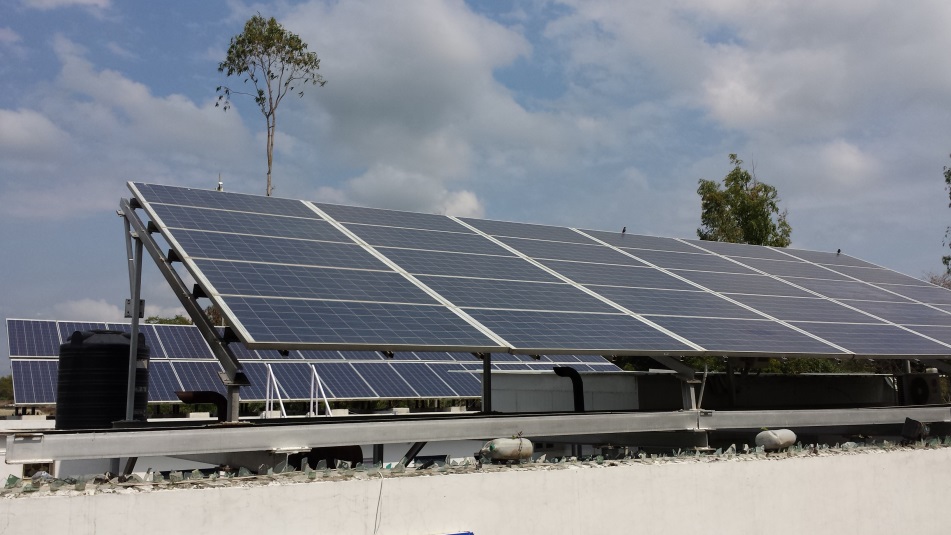President Obama has wrapped up a very successful visit to India where discussions with Indian Prime Minister Narendra Modi covered clean energy and air quality, among other topics. In addition to enhancing bilateral climate change cooperation, the U.S. government has indicated its intention to support India’s goal of increasing its installed solar capacity to 100 gigawatts by 2022.
This is great news and a step forward toward an international agreement to limiting greenhouse gas emissions at the upcoming COP21 climate negotiations taking place in Paris this December.
Details released by the White House also show commitment to expanding the joint $125 million Partnership to Advance Clean Energy and accelerating clean energy finance. The White House also noted that the U.S. Overseas Private Investment Corporation (OPIC) will continue to look for opportunities to support both utility-scale and off-grid clean energy projects, and the governments of the two countries will promote super-efficient off-grid appliances.
This explicit attention to the beyond the grid (off-grid) sector is very positive and in line with the support we called for together with more than a dozen organizations, businesses, and clean energy venture capitalists.
President Obama’s visit was set against the backdrop of extensive air pollution in India, which studies have suggested may be comparable -- or even worse -- than that of China. A 2014 survey by the World Health Organization found New Delhi to have the most polluted air of any city of the 1,600 cities included in the study. Across India, around 100,000 people die prematurely every year as a result of air pollution from coal-fired power plants. Discussions between President Obama and Prime Minister Modi led to the announcement of cooperation on air quality through the implementation of the U.S. Environmental Protection Agency’s AIRNow-International air quality monitoring program. This is significant because India does not currently have an air quality index to convey health risks to the public.
However, India is far from inactive on issues of climate and air pollution. In fact, India has something akin to a carbon tax on imported and domestically-produced coal, with generated revenue funding the National Clean Energy Fund.
While the discussions between President Obama and Prime Minister Modi mostly focused on clean energy opportunities, the two leaders also discussed nuclear power and unfortunately agreed to reduce the liability of U.S. suppliers in the case of a disaster at a nuclear power plant.
While this decision on nuclear energy is a step back, we remain heartened by the steps taken to ensure a clean energy future for people across India.
